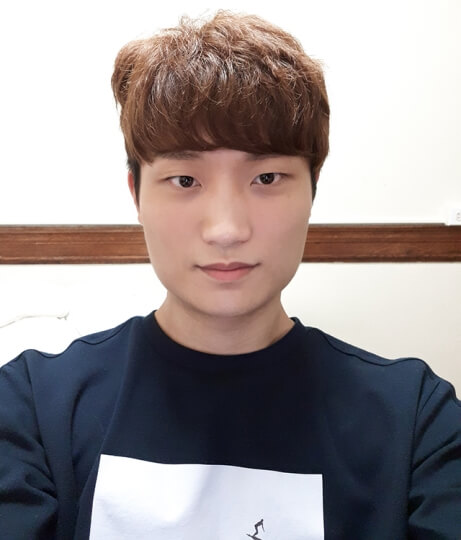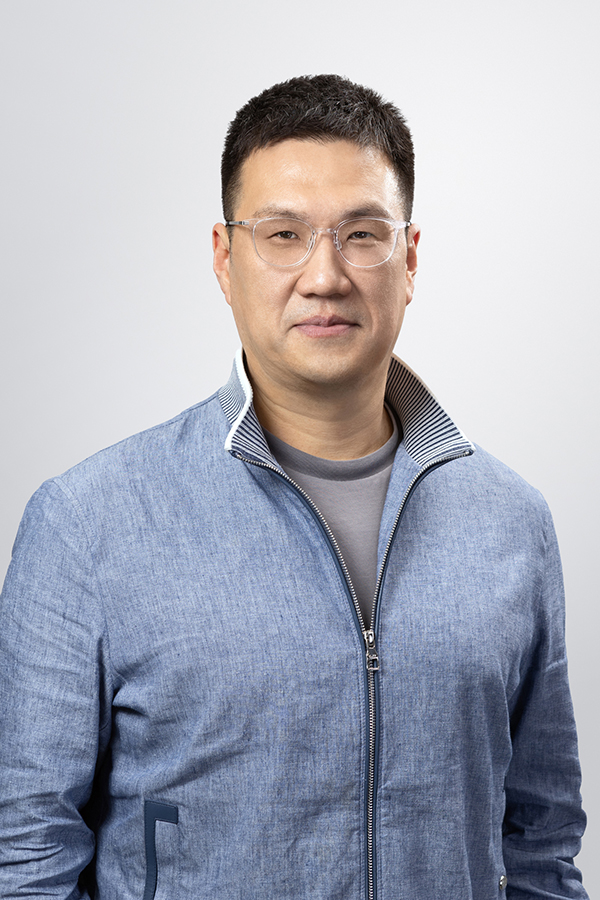News
Graduate student Han Sae Jung has been selected by Analog Devices (ADI) to receive the Outstanding Student Designer Award.
The award, presented annually by ADI since 1997, recognizes excellence in system-level integrated circuit architectures or in analog, mixed-signal, or digital integrated circuit design. Jung was nominated by advisor Donhee Ham, Gordon McKay Professor of Electrical Engineering and Applied Physics, for his academic achievements and potential for making significant contributions to industry.
“Han Sae has been working on scalable nano-bio interfaces for applications in neurobiology and synthetic biology. These are very exciting projects,” Ham said. “On one hand, he performs massively parallel high-fidelity recording of mammalian neuronal networks using a high-density array of active electrodes with nanometer scale tips to image and map the synaptic connectivities and neuronal propagation paths with high spatiotemporal resolutions, and on the other hand, he uses the same device to electrochemically control pH using quinone chemistry to perform high-throughput DNA synthesis to store a very large amount of information. He has been making brilliant progresses on both fronts.”
In the Ham lab at the Harvard John A. Paulson School of Engineering and Applied Sciences, Jung works on novel biological applications of complementary metal-oxide-semiconductor (CMOS) chips.
The lab has developed CMOS chips that can be used to record electrical signals from neurons. Jung and his collaborators culture neurons on top of the chip’s electrode array, then analyze the electrical signals that occur among neurons at different locations to interrogate how they interact with each other and to infer how they are synaptically connected.
“We can apply a drug and probe how the drug is affecting the neuronal culture. We believe that this chip can be further developed into a highly parallelized platform for high throughput drug screening,” Jung said. “We could use this platform to quickly screen out drugs that show detrimental effects.”
When Jung joined the lab, he initially conducted post-fabrication processes on the CMOS chips, working on the 4,096 electrodes that are spaced 20 microns apart. Now, he and his lab mates are trying to use this chip as a platform for conducting spatially controlled electrochemistry.
They are researching methods for changing and localizing pH at the single electrode level, which could enable them to conduct spatially controlled, on-chip DNA synthesis. This effort has presented a host of new challenges, he said.
“We don’t have physical walls between the electrodes. So when we generate hydrogen ions to decrease the pH locally at a single electrode, they just diffuse away to neighboring electrodes,” he said. “Right now, we are trying to think of a way to build an electrochemical wall to prevent the cross-talk between the electrodes.”
There are still many hurdles to overcome, Jung said, but he enjoys the challenge of exploring topics that could have major applications throughout industry.
An undergraduate chemistry major at the University of California, Berkeley, Jung changed gears when he came to SEAS, and chose to join the Ham lab because he could see how translatable his work could be.
“What really draws me to this research is how it can potentially be applied to so many different fields,” he said. “Although there are still a lot of challenges to overcome before we can begin on-chip DNA synthesis, I just want to tackle one hurdle at a time and see how far we can get.”
Topics: Applied Physics, Awards, Electrical Engineering
Cutting-edge science delivered direct to your inbox.
Join the Harvard SEAS mailing list.
Scientist Profiles
Donhee Ham
John A. and Elizabeth S. Armstrong Professor of Engineering and Applied Sciences
Press Contact
Adam Zewe | 617-496-5878 | azewe@seas.harvard.edu




